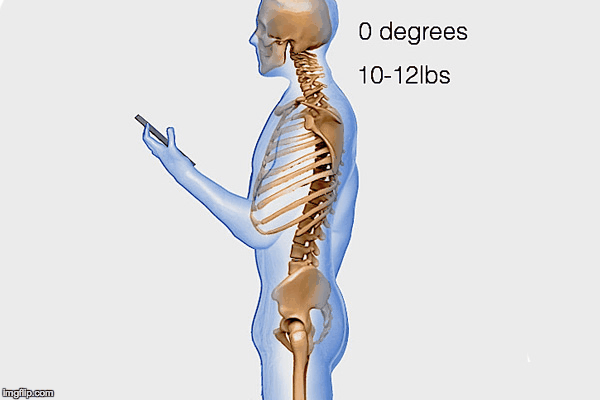Warning signs you shouldn't ignore
Heart trouble can be confused with other ailments, like indigestion or a panic attack. Watch out for these symptoms, and when in doubt, call 911.
• Tightness, heaviness, pressure or a squeezing sensation in your chest or back
• Tingling down one or both arms or legs
• Shortness of breath/racing heart
• Jaw pain
• Dizziness/lightheadedness
• Extreme fatigue
• Nausea/vomiting (especially if it comes with other heart-related symptoms, such as shortness of breath, a cold sweat or chest pain)
Even thin women can be at risk
"Many women—and their doctors—assume that because they’re thin and don’t smoke, they’re at low risk of heart disease, but that’s not always the case," says Nieca Goldberg, MD, medical director of NYU Langone Medical Center’s Joan H. Tisch Center for Women’s Health. Yes, being overweight or obese is a major risk factor for heart disease. But "there are plenty of women walking around who are thin and have high blood pressure or elevated cholesterol," notes Dr. Goldberg. Sometimes it boils down to genetics—if high cholesterol or hypertension runs in your family, you’ll be more susceptible, too. You can also have a normal body mass index (BMI) but still have high amounts of visceral fat—the body fat stored deep within your abdomen that nestles around your liver, pancreas and intestines. This type of fat is considered particularly dangerous because it secretes cytokines, inflammatory substances that are toxic to your heart.
Middle-aged women with depression are at higher risk of heart disease, suggests a study presented in October at the North American Menopause Society’s annual meeting. Loneliness and social isolation are also linked to a 29 percent greater risk of a heart attack, according to a review of research published last April in the medical journal Heart.
Know your numbers
High numbers (or low, in the case of HDL) can mean you are at risk of heart disease or may have metabolic syndrome, which doubles your heart disease risk. Here's what to aim for:
Cholesterol
Total: Under 200 mg/dL (milligrams per deciliter of blood)
LDL: Under 100 mg/dL
HDL: Over 60 mg/dL
Triglycerides: Under 150 mg/dL Ask your doc for all four numbers; each is key to understanding your risk.
Blood pressure
Under 120/80 mmHg (millimeters of mercury)
The top number, the systolic, is the pressure in your arteries when your heart beats. The bottom number, the diastolic, is the pressure between beats.
BMI
Under 25
Being overweight strains the heart and raises blood pressure and cholesterol levels. Calculate yours at health.com/ bmi-calculator.
Waist circumference
Under 35 inches
Even if you’re at a normal BMI, having belly fat can predispose you to heart disease.
Sleep matters
Sleep deprivation raises levels of cortisol and inflammatory cytokines, both of which promote the development of heart disease by increasing blood sugar levels and blood pressure, explains Dr. Goldberg. In fact, people who get five or fewer hours of sleep a night have 50 percent more calcium in their coronary arteries—an early marker of heart disease—than those who clock seven hours of slumber a night, according to a 2015 Korean study.
Don't fear the fat
Research shows that the type of fat you consume is more important than the amount. When it comes to heart health, replacing saturated fats with refined carbs doesn’t do you any favors—but replacing them with unsaturated fats can reduce heart disease risk by up to 25 percent, said a 2015 study from the Harvard T.H. Chan School of Public Health.
www.BartonChiro.com

















